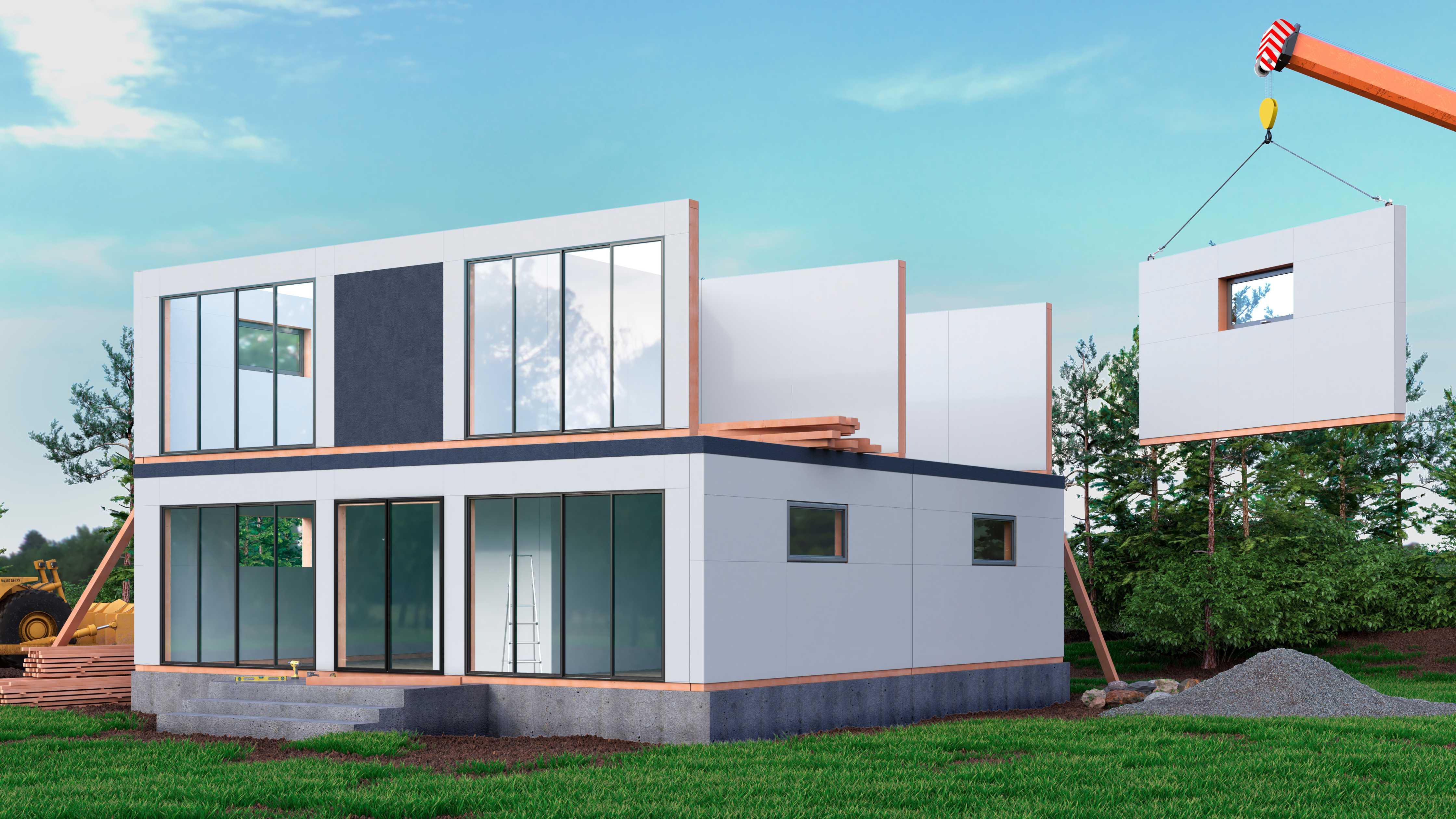In our ever more breathless world, we hear a lot about “just in time supply chains”, and “last-mile logistics”, and those old-fashioned warehouses have all suddenly become Distribution Hubs, sprawling across the landscape, as unmissable as an eye patch on the Mona Lisa. And it all happened so fast…driven by the demands of a new world order. Almost everything we now want to buy, hanker after, or long to share, we want to buy, hanker after, and share in a heartbeat. Waiting is so old world…and that, in a nutshell, is why the state of the art supply chains have become so important. But there’s a flip side to this surge in GenZ, consumer-driven demand, and it doesn’t always get as much attention.
Physical assets are just as much part of the new world order as the digital revolution that made it happen in the first place.
Suppose your job is to deliver all those widgets to customers who won’t wait, or that you’re assembling them and waiting for the next truck to arrive: from this perspective, the supply chain is a real, feet on the ground sort of thing, and it requires real, feet on the ground solutions. A truckdriver setting out from Chennai to Mumbai needs to be sure he (or she) will find enough gas stations along the way, but that’s certainly not a given: with a journey ahead of nearly 1,400 km and twenty-three hours at the wheel (take the NH 48 if you’re one of them reading this), the vast hinterland of the subcontinent can be surprisingly short of feet on the ground infrastructure. The same goes for Munich to Montpellier and Denver to Detroit. Because building enough gas stations isn’t like ordering a Christmas tree on the internet…it takes time, and time, as will now be apparent, is the most precious commodity of all…That’s the flip side of sudden change.
The same goes for new distribution outlets (in the right place…which means local), and yes, those monolithic distribution hubs too: modern supply chains can’t work without them, and we don’t just need them now…we need them yesterday because it’s all about time.
So, here’s the problem, in a world that’s moving so fast, where the gas station or the retail outlet is needed here today and somewhere else next month, how are we supposed to build all this effervescent infrastructure fast enough? Certainly not with outmoded bricks and mortar construction technologies, where it can take five months to build out your average service station (from the mud up): taking endless months, not to mention the senseless waste of bringing it down again when the market moves on. Dinosaur construction isn’t fit for purpose anymore.
Modular Construction
That’s where Modular Construction comes into its own: all this essential infrastructure can be produced and then assembled on site (where it’s needed most), 30% quicker than any dinosaur contractor can hope to achieve, at a third of the cost, and with an eye on what the army of hungry consumers is hankering after next. And when it comes to waste reduction, Modular Construction is streets ahead too: delivering up to a 90% reduction in material usage as a result of careful planning and driven by those same digital technologies (AI and Machine Learning among them) that created the demand in the first place (https://wrap.org.uk).
And all this while the dinosaurs are still wading around in the mud…
Executive Overview
Digitally driven supply chains need feet on the ground infrastructure to make them work…and that’s where modular construction comes into its own.
